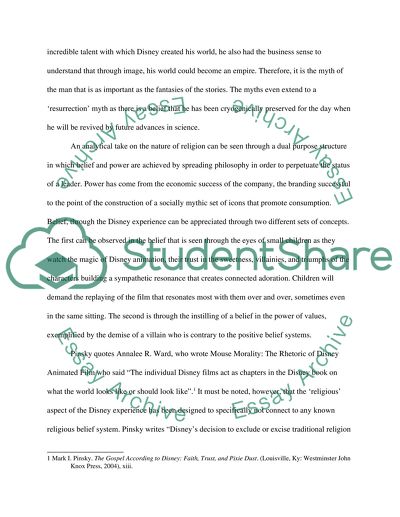Cite this document
(“Mark Pinsky religious comparing to the movie Finding Nemo Essay”, n.d.)
Mark Pinsky religious comparing to the movie Finding Nemo Essay. Retrieved from https://studentshare.org/religion-and-theology/1577728-mark-pinsky-religious-comparing-to-the-movie-finding-nemo
Mark Pinsky religious comparing to the movie Finding Nemo Essay. Retrieved from https://studentshare.org/religion-and-theology/1577728-mark-pinsky-religious-comparing-to-the-movie-finding-nemo
(Mark Pinsky Religious Comparing to the Movie Finding Nemo Essay)
Mark Pinsky Religious Comparing to the Movie Finding Nemo Essay. https://studentshare.org/religion-and-theology/1577728-mark-pinsky-religious-comparing-to-the-movie-finding-nemo.
Mark Pinsky Religious Comparing to the Movie Finding Nemo Essay. https://studentshare.org/religion-and-theology/1577728-mark-pinsky-religious-comparing-to-the-movie-finding-nemo.
“Mark Pinsky Religious Comparing to the Movie Finding Nemo Essay”, n.d. https://studentshare.org/religion-and-theology/1577728-mark-pinsky-religious-comparing-to-the-movie-finding-nemo.


